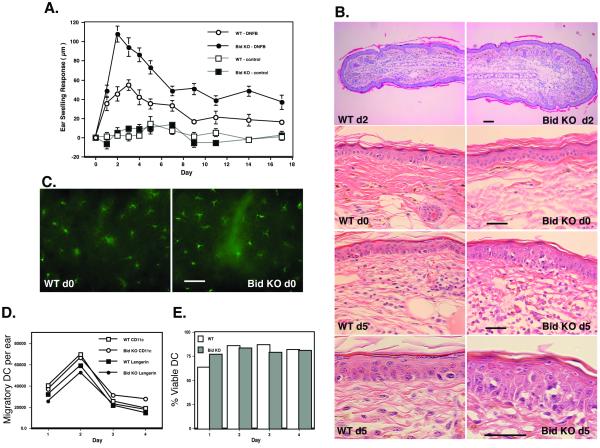Figure 4. Enhanced contact sensitization in Bid null mice.
A. Kinetics of the swelling response. Four age-matched mice per group of WT or Bid KO were sensitized with vehicle only or 0.5% DNFB on the stomach and paws of each mouse. On Day 5 base line measurement of ear thickness was taken for each ear. Mice were subsequently challenged with 0.2% DNFB applied on dorsal and ventral sides of the ears (Day 0 is day of challenge). Ear thickness measurements were taken thereafter on the following days, as shown. Ear thickness shown are that over baseline measurements for each ear. All significant differences are noted in the following manner: * = p< 0.05, **= p< 0.01, *** = p< 0.001. This is representative of 3 similar experiments. B. Histological comparison of WT and Bid epidermal sections. Parafin-embedded sections of ear specimens obtained on Day 0 and Day 5 post hapten challenge were stained by H&E. Magnifications of 10x upper panel, 20x middle pannals and 40x in lower panel are shown for WT and Bid contact sensitized ears. The bar length indicates 100 μM. C. Langerhans cell densities are equivalent in Bid null and WT mice. Whole mounts of epidermal sheets from age matched Bid KO and WT mice were stained with FITC-anti MCH class II, or isotype control (data not shown) and examined by fluorescence microscopy. Digital images at 20x magnification and the number of MHC class II positive cells was determined. D., E. LC migration and viability are similar for WT and Bid KO cells during ear skin culture. Ear skin samples were prepared for culture after tape stripping six mice per group. Ear skin halves were transferred to fresh wells daily for 4 days. Pooled samples per day of culture were counted, and stained with DC specific antibodies (FITC-CD11c, PE-DEC205, APC-biotin-Langerin, isotype controls) and 7-AAD. Flow cytometry was performed to assess phenotype and viability. D. Migration Kinetics. Total CD11c positive (open symbols) and Langerin positive (closed symbols) cells per ear culture of WT (square) and Bid KO (circle) mice were calculated based on total cell counts and percent positive cells. B. Migratory cell viability. The percent of 7-AAD negative, CD11c positive cells migrated from ear skin samples from each day are shown. The total viable LC yields from WT (1.27 × 105) and Bid KO (1.20 × 105) ears were similar.

